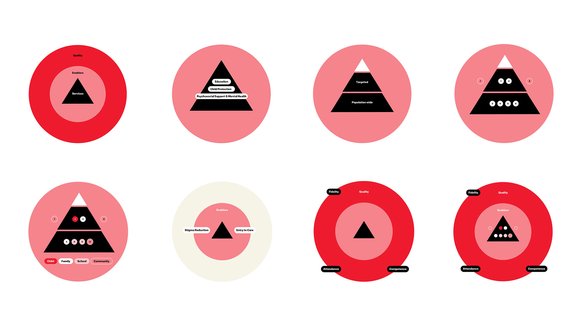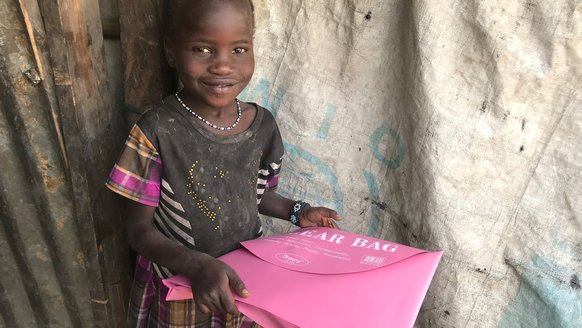Facts and figures
Child rights under threat
In today's world, the fundamental rights of millions of children - to be protected, educated and live their lives free from trauma - are increasingly violated. This means our work is needed now more than ever.
The facts and figures speak for themselves...
Where we work
War Child is active in 19 countries where children are forced to live directly with the effects of armed conflict. In our War Child Netherlands programme countries, we currently have 434 colleagues working tirelessly to support children to deal with these effects and shape their own futures.
Our reach
In 2022, we accelerated the growth of our evidence-based approach to meet the urgent needs of 743,165 children and adults living with the effects of armed conflict.
Core Humanitarian Standard
War Child is proud to be a member of the Core Humanitarian Standard (CHS) Alliance. The Core Humanitarian Standard sets out nine commitments that humanitarian organisations can use to improve the quality and effectiveness of the assistance they provide. War Child has completed a Self-Assessment in line with CHS Alliance criteria to facilitate the continued improvement of our programme responses. Actions will be taken to ensure that our responses are always appropriate and relevant; effective and timely; and based on communication, participation and feedback.

